The BMW E36 offers a uniquely connected driving experience that has become a benchmark for analog sports sedans. There’s a particular amber glow you can’t copy. It’s not some fuzzy nostalgia for the 90s, it’s the actual, physical light from the instrument cluster of a BMW E36 at night. In that light, with the straight-six humming quietly on the highway, you finally get it. You understand why a car that’s now thirty years old, with its quirks and plastic bits that are definitely showing their age, still gets a kind of deep respect.
This machine is the peak of a certain engineering mindset. Right before the digital age changed everything.
It’s about the chassis. And the still analog feeling.
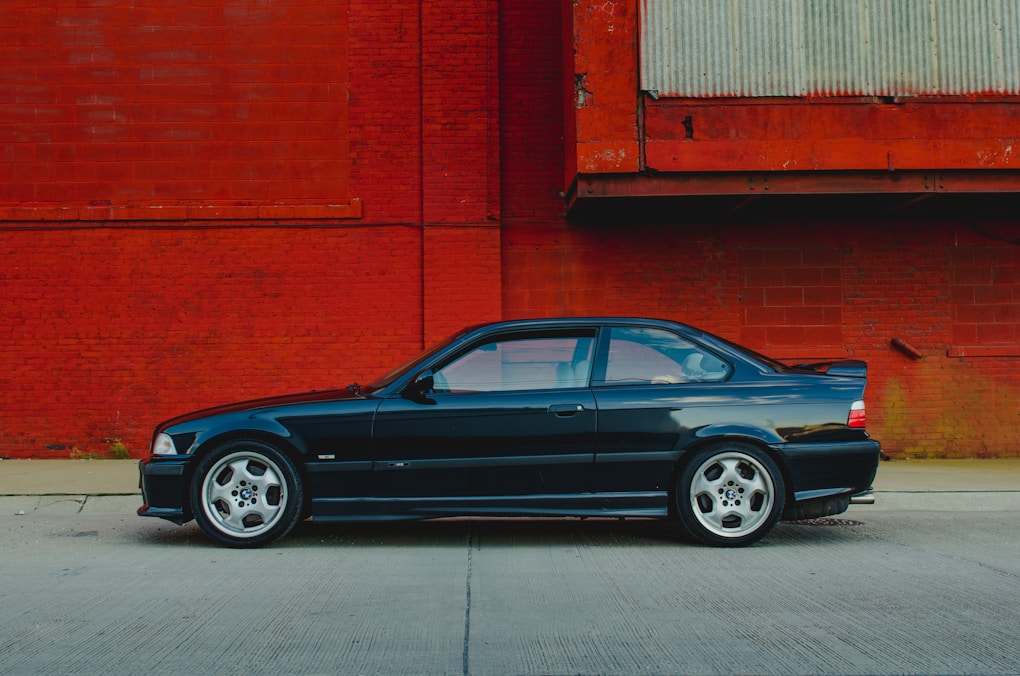
Quick Links
Key Takeaways for the E36 Obsessed
- The chassis balance and steering feedback are the core of the experience. It’s a direct, mechanical link that modern cars with their electric racks and layers of code just cannot replicate.
- Get ready for a bunch of small problems. It’s not the big stuff like the engine or gearbox that will get you, it’s the endless list of crumbling plastic trim, headliners that sag, and rubber bushings that are turning to dust.
- What’s the one mod you have to do? A Z3 steering rack swap. For less than $500 and a weekend of scraped knuckles, it tightens the steering from a slightly slow 3.2 turns lock-to-lock to a sharp 2.7. It totally changes the car.
- The market today is a wild place. It’s a world of clapped-out drift cars under $5,000 and perfect, low-mileage examples demanding big money. Good luck finding something in between.
- The BMW E36 is still important because it’s an analog car in a digital world, a tangible connection to a time when driver involvement was the main objective, not just another feature on a list.
That Perfectly Imperfect 90s Vibe
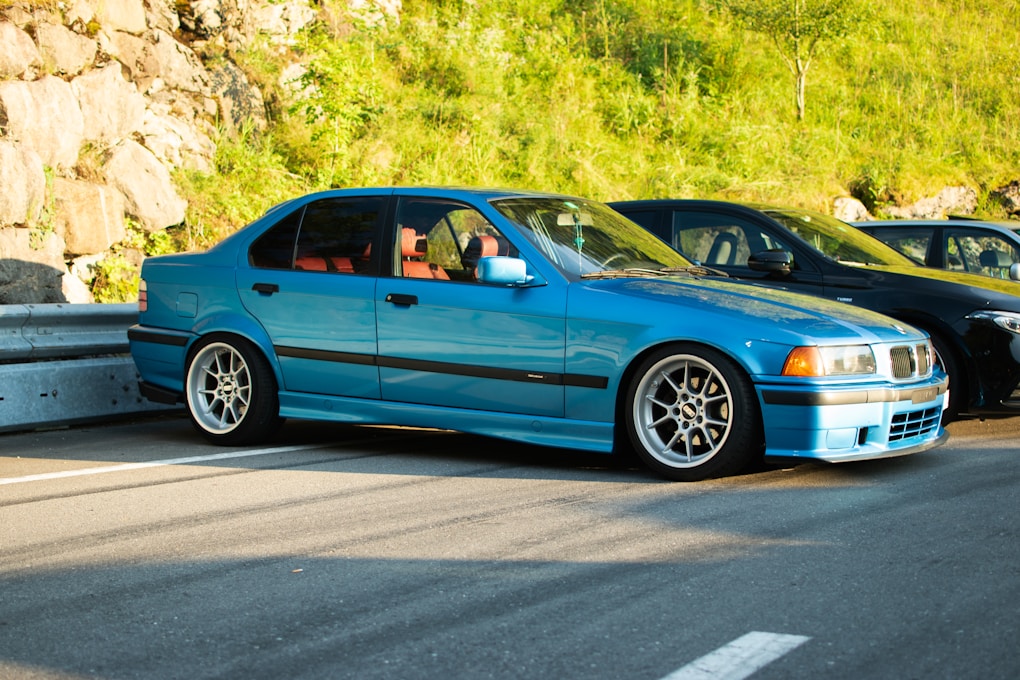
You get in, and the door shuts with a solid, decent thunk. It’s not the light, tinny sound of a new car, but it’s not the bank-vault seal of an old Mercedes, either. It’s right in the middle. The smell is specific, a blend of old German leather (or leatherette, let’s be real) and that faint crayon smell from the aging plastics. You twist the key, and the M50 or M52 inline-six fires up with a smooth, turbine-like whir that grows into a low growl. No fake ECU-programmed pops here.
The driving position is nearly perfect. You sit low, with a wheel that feels just a bit too big by modern standards, and the pedals are hinged from the floor, set up great for heel-and-toe work. The shifter sits just right, too, I think it’s about 11 inches from the wheel rim in third gear. This car communicates with you. Not through speakers, but through the chassis and steering. You feel the road surface texture through the hydraulic rack in a way that has been totally filtered out of new cars. It’s this constant stream of info that hooks you.
It’s a very honest car.
So What Made Engineers Think This Was a Good Idea?
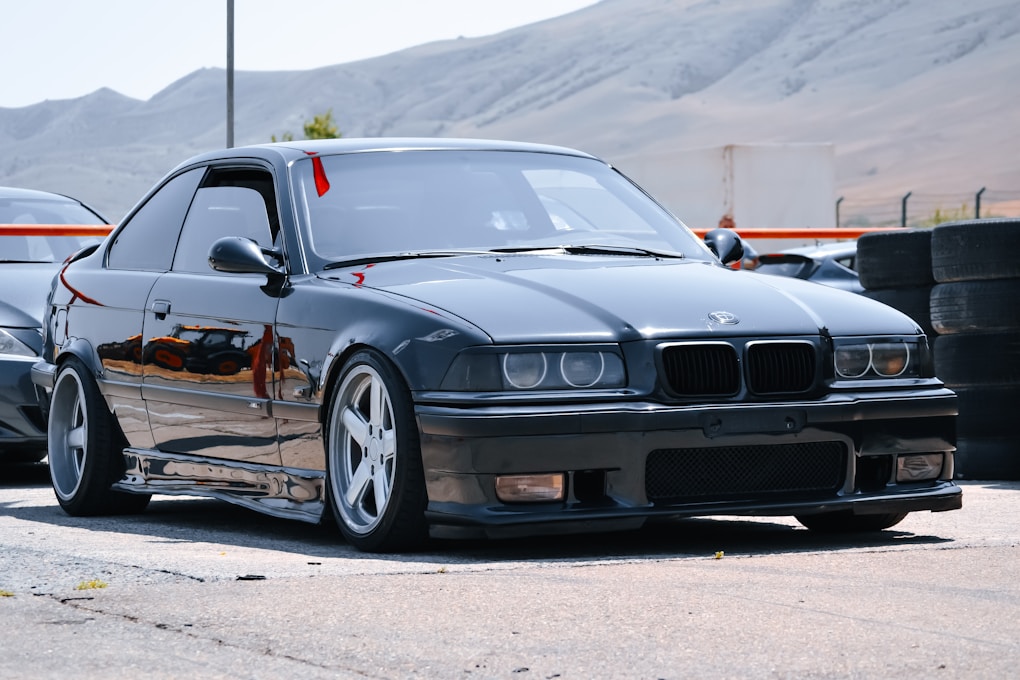
The E36 was a huge step up from the E30 it replaced. The big news was the rear suspension. They ditched the E30’s semi-trailing arm design, which had a tricky habit of causing snap-oversteer at the limit, and introduced the “Z-axle” multi-link rear.
The Z-axle, with Z standing for Zentrale-lenker (you get some extra brownie points if you knew that, kudos to you) or central link, came from the Z1 roadster. It’s a complicated setup that actively manages toe and camber changes when you’re cornering or braking hard. The end result is a rear end that just squats and grips, giving you great stability and predictability right up to the edge. This is a huge reason the E36 is such a forgiving and brilliant drift platform, it tells you what it’s doing long before it lets go.
But then there’s the glove box. For every bit of genius like the Z-axle, there’s a baffling choice like this. On basically every E36 still on the road, the glove box latch has failed, causing it to sag on one side like a droopy eyelid. It’s not a big deal mechanically, but it’s a shared experience for every owner. Remember that famous bimmerforums thread from like, 2008? The community fix involves either a magnet or some zip ties. It’s a perfect metaphor for the car: brilliant where it matters, and comically flawed where it doesn’t.
The Great VANOS Debate
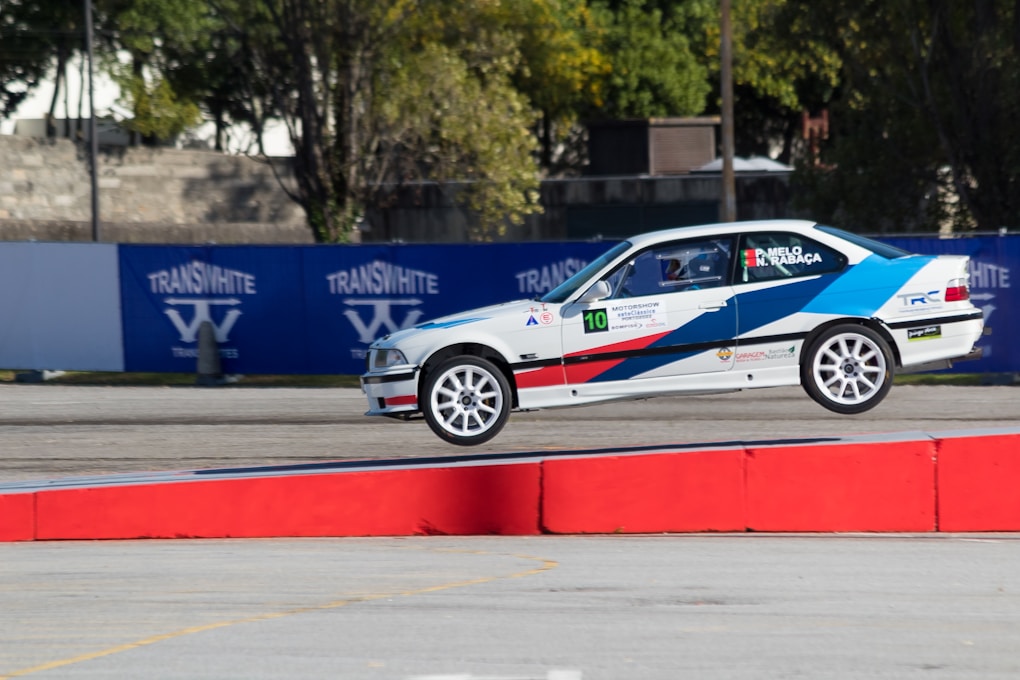
Pop the hood on any six-cylinder E36 made from 1993 on, and you’ll find a lump at the front of the cylinder head. That’s VANOS, BMW’s variable valve timing system. On the forums, it’s often viewed with fear. People will claim it’s a ticking time bomb waiting to fail, which will leave you with a huge repair bill and a car that sounds like a can full of rocks.
They have a point, but they’re also missing the bigger picture.
VANOS is a wear item, not a fundamental design mistake. Wait, let me clarify that. The original seals BMW used were made of Buna, a material that just doesn’t hold up to years of heat and synthetic oil. After 70,000 miles or so, they get hard and brittle. The system starts losing hydraulic pressure, the timing gets sloppy, and you hear that dreaded “VANOS rattle.”
You’ll also notice a loss of low-end torque, the very thing the system was meant to improve.
The debate still rages online: should you rebuild it as a preventative measure or just wait for it to fail?
My opinion is to just get it over with and rebuild it.
A set of upgraded Viton seals from Beisan Systems is about $60.
The job takes maybe four hours if you’re comfortable with tools and can follow a video guide. A specialist shop might charge a few hundred bucks. Once it’s sorted with the right seals, the system is solid. A healthy VANOS unit is critical for the engine’s dual character, making it docile around town but eager to rev out. Don’t be afraid of it, just maintain it.
That Thing Everyone Complains About (And Why I Love It)
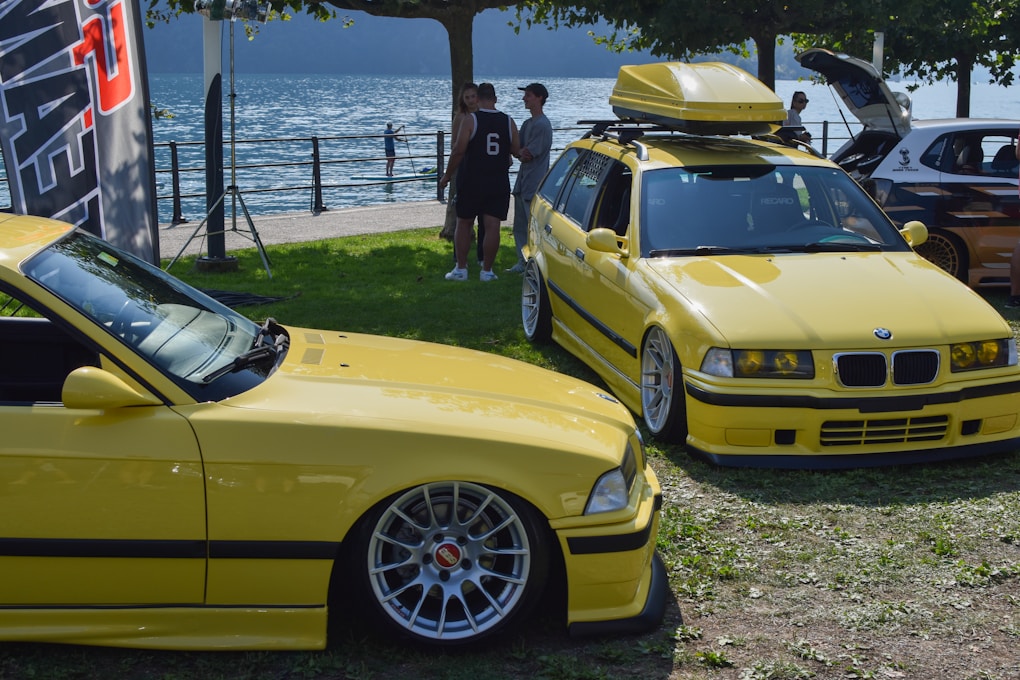
The cooling system. If you plan on owning an E36, you will be replacing the cooling system. This is not a question of if, but when. The factory water pump used a plastic impeller that gets brittle and eventually shatters. The radiator has plastic end tanks that crack over time. The thermostat housing is also plastic and warps.
You’re probably seeing a pattern here.
Most reviews list this as a major problem. And it is.
But for an enthusiast, it’s a known issue. It’s the car’s most famous weakness. You just deal with it on day one. You spend about $400 on a complete refresh kit that includes a water pump with a metal impeller, an aluminum thermostat housing, all new hoses, and a new radiator. You do the job once, do it correctly, and then you don’t have to think about it for another 80,000 miles. I actually kind of appreciate this about the E36. It makes you become a proactive owner. You can’t just buy this car and drive it without a thought, like a modern Corolla. It demands a bit of a relationship. It forces you to pay attention to the faint smell of coolant after a spirited drive, to check the level in your expansion tank, and to understand its weak points. It makes you a better, more connected car owner.
You don’t just own an E36, you manage it.
The $500 Mod That Changes Everything
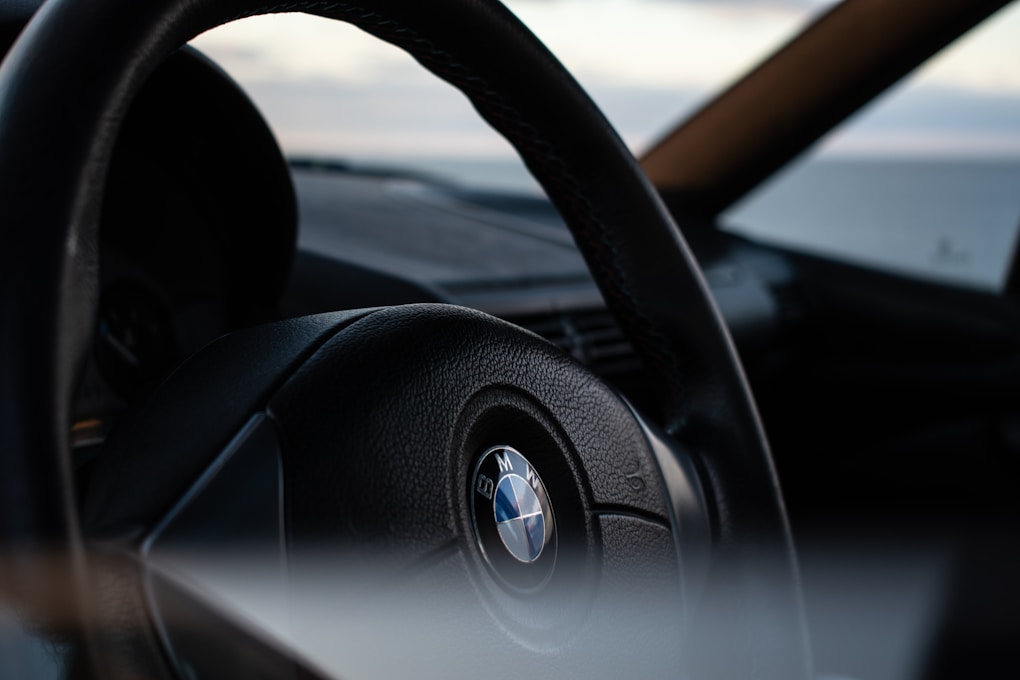
If you do only one thing to your non-M E36, do the steering rack swap. The standard rack in a 325i or 328i has a 3.2-turns-lock-to-lock ratio. It’s okay, but it feels a little slow and numb right off-center, which was a compromise for the “executive” sedan crowd.
The fix is a rack from a Z3. Specifically, the rack from a 1.9L Z3 is a direct bolt-in part and gives you a much quicker 2.7 turns. This one modification completely transforms the car’s personality. The front end suddenly feels energetic, diving into corners with a speed that gets close to the real M3. Every small steering input creates an immediate change in direction. It’s the best $200 you’ll spend on a used rack, plus another $150 for new tie rods and an alignment.
Combined with that solid Z-axle rear end we talked about, a quick-ratio rack makes the E36 feel incredibly light and chuckable. This is the modification that really unlocks what the chassis can do.
Why Prices Are Doing That Weird Thing Right Now
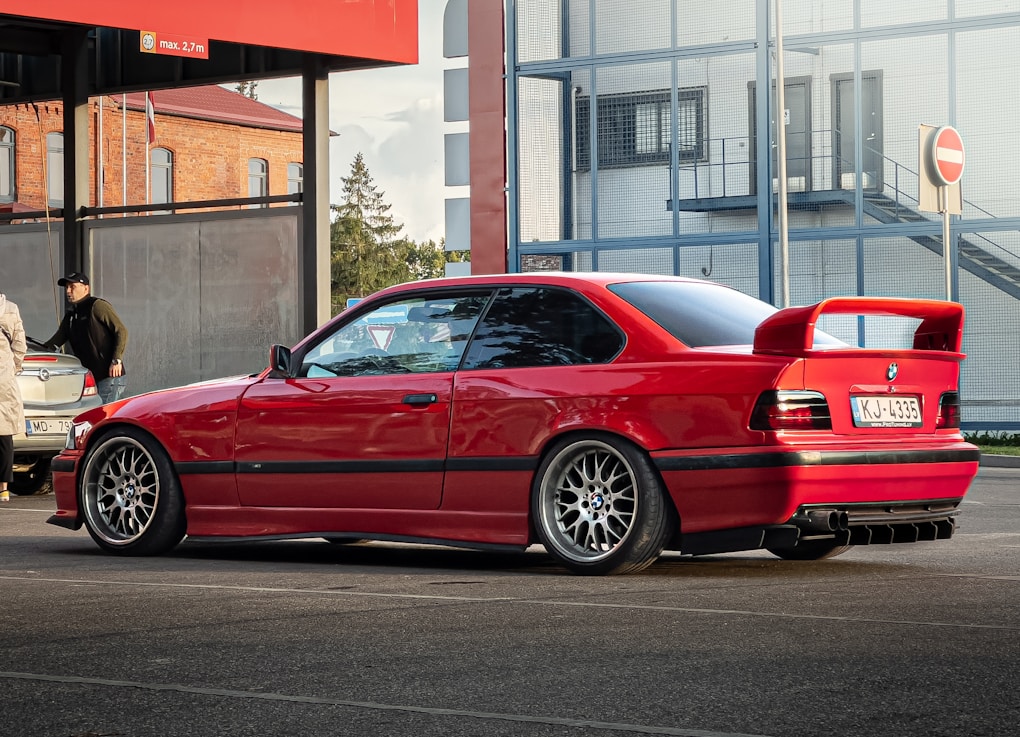
For a long time, the E36 was cheap. Really cheap. It was the go-to car for anyone who wanted a rear-wheel-drive beater to learn how to drift. The downside of this is a market that’s now full of thrashed, poorly modified, and abused cars.
These are the sub-$5,000 examples you see with welded diffs and mismatched body panels.
Then you have the opposite end of the spectrum. The clean, unmolested, low-mileage survivors. A sub-100k-mile 1998 328i Sport with a manual gearbox can now pull $15,000. And the M3s? Forget about it. A clean E36 M3 is a $25,000 to $40,000 car, and special versions are climbing even higher. Think of the LTW or the M3 GT that Chris Harris famously raved about, those are heading for big numbers.
The smart purchase is in the disappearing middle ground. The best value on the market right now is probably a 1996-1999 328i. Its M52 engine, while maybe having a little less high-rpm sizzle than the older M50, is lighter due to its aluminum block, more efficient, and makes more torque down low.
Find a well-kept one for $7,000 to $9,000, take care of the cooling system and VANOS seals, swap in the Z3 steering rack, and you’ll have 90% of the M3 experience for 30% of the price. That is the sweet spot. It won’t last much longer, though. The word is getting out.
